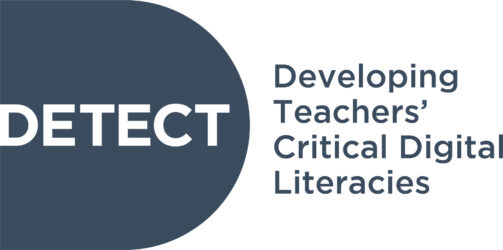Digitaitajat on 8.-luokkalaisille suunnattu valinnaiskurssi, jossa opetetaan kriittisen digitaalisen lukutaidon eri osa-alueisiin liittyviä aiheita. Kurssin esittelyvideo antaa vinkkejä opettajille vastaavan kurssin suunnittelemiseen. Täältä DETECT-projektin tietopankista löytyy paljon materiaalia, jota voi hyödyntää varsinaisiin kurssisisältöihin.
- digitaaliset taidot, digitaitaja, kriittinen digitaalinen lukutaito
- suomen kieli ja kirjallisuus, valinnaiskurssit
- video
- video course plan
- mp4
- Arja Kangasharju
- Attribution – Only noncommercial uses – Share Alike (CC BY-NC-SA)
- https://drive.google.com/file/d/1p6rwlBSPki-_7vtdYKB0A0rYlCZZqisF/view?usp=sharing
- 1'59"

